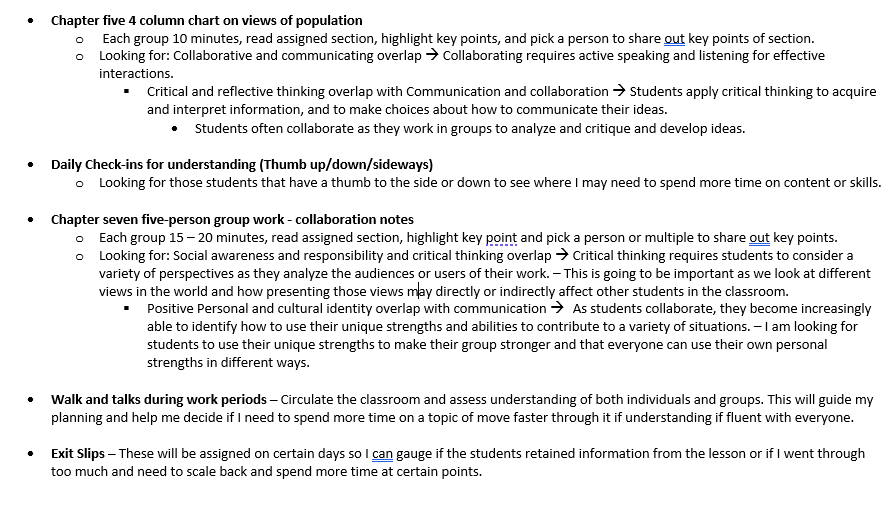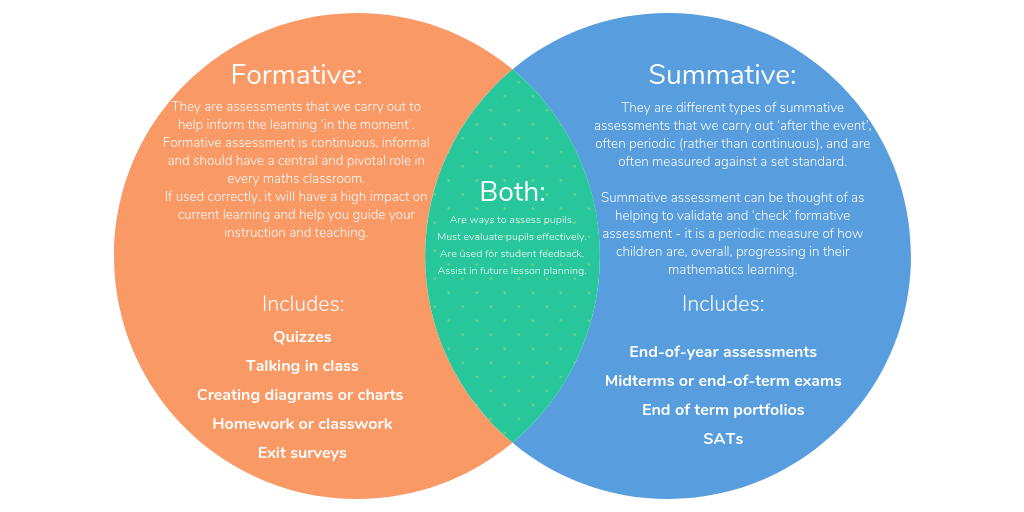EDUC 491 was my turning point where I was in the classroom long enough that I could really grasp the difference between Assessment OF learning versus Assessment FOR learning.
Assessment OF learning involves looking at assessment information at the end of the teaching and learning process to rank students’ achievement levels against a standard.
Assessment FOR learning embeds assessment processes throughout the teaching and learning process to constantly adjust instructional strategy.
Throughout each unit of my practicum, I used small quizzes as checkpoints to see if students were understanding concepts and ideas. I would arrange for alternative seating for some students and gave students the opportunity to improve their quiz marks, if they wanted to. I was very open with all of my students and spent a lot of time explaining that not everyone learns or understands at the same pace and that some students may need more than one opportunity to grasp a concept. For each unit, I designed a summative assignment that students were responsible to complete and submit. Some of these were designed as individual projects, or partner projects. In my Human Geography class, students were required to study the population structure of a chosen country and compare their project with another. Students were required to support their conclusions with what they had learned throughout the unit. In my unit plans I embedded formative assessment checkpoints that I needed the students to meet, many had direct connections with the core competencies.
For Example: The photo below shows my forms of formative assessment for my first unit in the Human Geography class. I took the time at the beginning of EDUC 491 to embed the formative assessment so I could refer back and further shift it into my lesson plans.

The structure of EDUC 491 was beneficial for me regarding formative assessment because I could take what I had gone through in period 1 SS8 and adjust instruction accordingly and immediately for the period 3 SS8 class. I have a special place in my heart for formative assessment because it has helped me in such tremendous ways in EDUC 491. I was able to monitor academic progress, which was constantly increasing while I was using formative assessment. I have increased student engagement and motivation within the class because students found meaning in what they were learning. Finally, I was able to give focused feedback via descriptive feedback that highlighted gaps in understanding and led the students in the proper direction.
